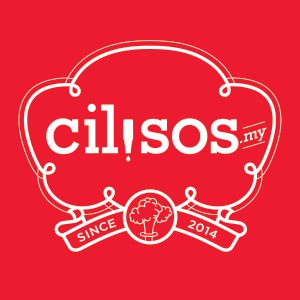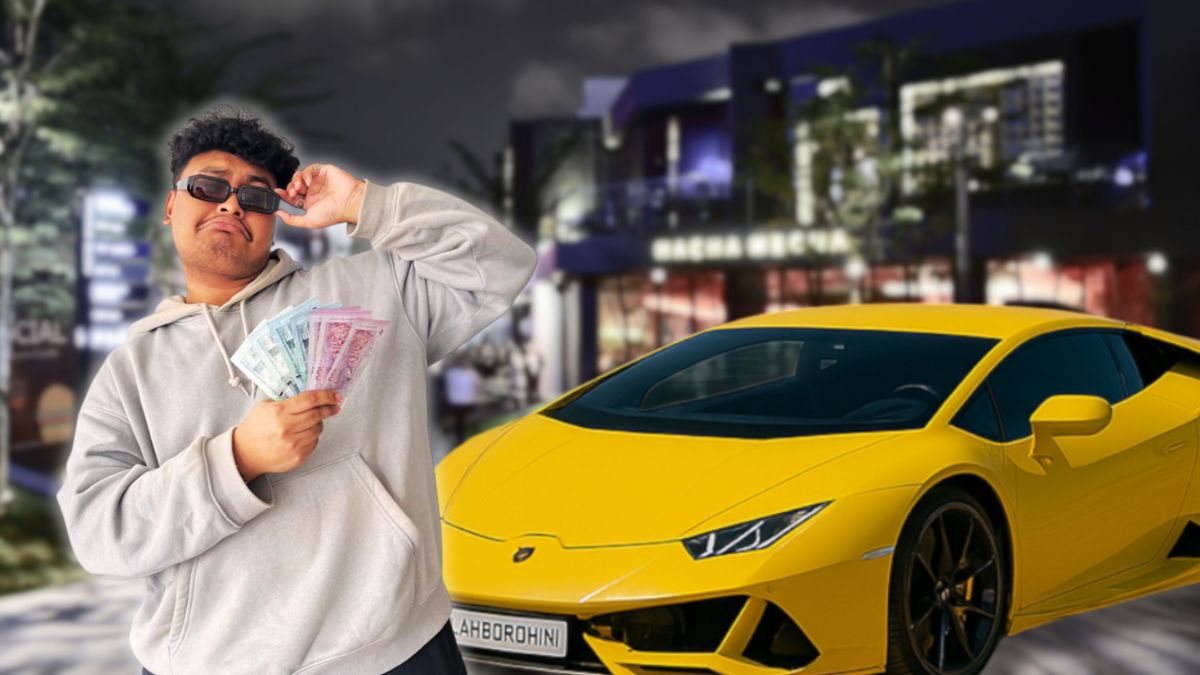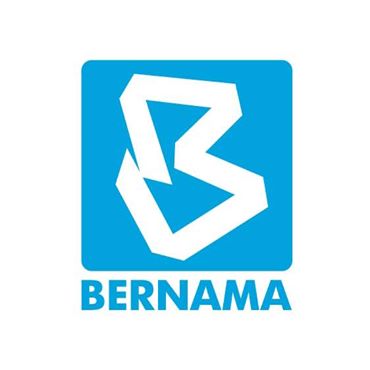Here’s how ultra rich Malaysians have been avoiding luxury car tax, and why it won’t work anymore
11 days ago
Have you ever lepak at a mamak, then see a bright yellow Ferrari zoom past with a Langkawi “KV” plate, and thought:
Surprise surprise, that Ferrari might not be from Langkawi… it might just be hiding there. You see, for years, a quiet little loophole allowed Malaysia’s ultra-rich to park their Lambos and Bentleys in Langkawi or Labuan, then bring them onto the mainland for joyrides, all without paying a sen in car taxes. Not only that, there are even servicesdedicated to helping them buy, store, and transport their expensive toys.
Because just like the cheap chocolates and perfumes you buy from Langkawi, luxury cars are also duty-free. In fact, the import and excise duties an owner skips could easily buy you 10 brand new Myvis.
But it looks like this joyride will soon hit a speedbump. According to PMX’s announcement during Belanjawan 2026, starting 1 January 2026, that loophole is about to be tighter than your jeans after a full buffet at Seoul Garden.
So before the rich have to start paying like the rest of us… here’s the lowdown.
How much cheaper is a luxury car in Langkawi vs KL?Langkawi didn’t become a tax haven for Ferraris overnight. Back in 1987, the government made Langkawia duty-free zone to boost tourism and uplift the local economy. Labuanfollowed suit in the 1990s, but with a different flavour. It was turned into a duty-free island and an international business and financial centre to attract offshore companies.
The idea was simple: let people and businesses enjoy tax-free goodies, and they’d bring in money and jobs. What the gomen probably didn’t expect, though, was that decades later, it’d also become the perfect tax-friendly garage for luxury cars.
The reasons are obvious when you look at the numbers. When you buy an imported car, you’re also paying:
But when you buy the same car in a duty free zone, the numbers all round down to a neat 0%.
Now, if you’re buying a local car like Perodua or Proton in Langkawi and Labuan, the difference is negligible – maybe 1% to 3%.
But when it comes to luxury cars, the price difference can be astronomical. Here are some examples we found on WapCar:
And here are a few more examples we found from a Langkawi luxury car importing service:
With price gaps like that, Langkawi developed a whole ecosystem for the rich, including specialised garages that store and maintain luxury cars while their owners chill in Damansara Heights, and dealerships that handle Langkawi-only registrations
In fact, in 2022, MACC raided a luxury car warehouse syndicate that dodged over RM33 million in unpaid duties. RM33 million, from. ONE. syndicate. That’s not a small leak, that’s a fire hydrant spraying national revenue straight into a luxury car spa.
Of course, that’s not where the story ends. After all, what’s the point of owning a seven-figure car if it’s just collecting dust on an island?
The luxury car can even legally stay on the mainland, with a huge discountHere’s where the whole operation goes full big-brain mode. The rich don’t have to smuggle their cars to Peninsular Malaysia, they just use legal grey areas that let them have their cake and drive it too.
In short, there were two ways to enjoy that tax-free luxury ride on the mainland:
1. The “90 Days Ferrari” MethodUnder Customs rules, Langkawi-registered cars with the iconic “KV” plates could be legally driven on the mainland for up to 90 days a year in six easy steps:
Basically, it’s like a seasonal supercar subscription for the ultra-rich. These cars aren’t exactly their daily drive, but you’ll see them for weddings, Raya, F1 season, or when someone just wants to impress their Tinder date.
But if one wants a more permanent solution, then there is…
2. The “Slow Cooked Tax Reduction” MethodJust like how daging korban gets softer the longer it’s simmered, leaving your car in Langkawi longer makes the taxes softer too.
So imagine this. A McLaren GT that would cost you RM2.1 million in KL would only cost you an easy RM908,000 in Langkawi. That’s a difference of RM1.2 million in taxes.
But if you “slow roast” the car in Langkawi for 3 years and pay your annual warehouse fees (while still joyriding 90 days per year), by Year 3, your tax bill is only RM480,000 instead of RM1.2 million. That’s RM700,000 in savings, enough to buy a semi-D in Kajang!
While there’s no official data on how many luxury cars go through this process annually, let’s be conservative and assume 100 cars. If each dodges around RM400,000 in duties, that’s RM40 million in lost national revenue.
Which is exactly why…
Belanjawan 2026 is introducing the RM300,000 cutoffStarting 1 January 2026, only cars worth RM300,000 or less will qualify for Langkawi and Labuan’s sweet duty-free exemption. The RM300,000 cap refers to the pre-tax value, not the jacked-up showroom price after duties.
And even at those pre-tax prices, this new RM300k ceiling basically slams the door shut on almost every performance or exotic car in Malaysia.
This move won’t hurt the makcik who needs a Toyota Hi‑Ace van for her business, or the small‑town contractor hauling supplies in a Ford Raptor. Even that hardworking office abang trying to impress his in‑laws with a Honda CR‑V is safe.
But a luxury Alphard? Let’s just say… Al-Fatihah. And Lamborghini, Porsche, or McLaren? Innalillah.
The move aims to plug the millions, if not billions of ringgits in lost tax revenue, while keeping benefits for locals who genuinely need affordable transport on the islands.
It’s also in line with the MADANI government’s push for good governance, tightening leakages the same way it did with the new RON95 subsidy limits for Malaysians only, as well as the diesel subsidy rationalisation.
So yeah, after years of letting Malaysia’s elite cruise through a tax loophole the size of a Langkawi ferry, it looks like they finally have to play by the same rules as the rest of us.
...Read the fullstory
It's better on the More. News app
✅ It’s fast
✅ It’s easy to use
✅ It’s free









